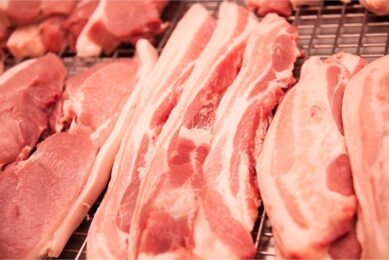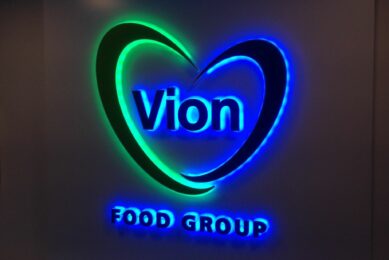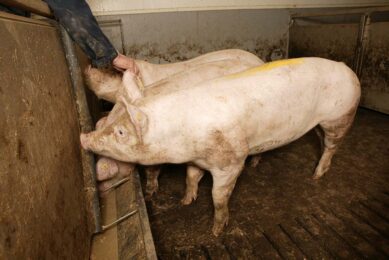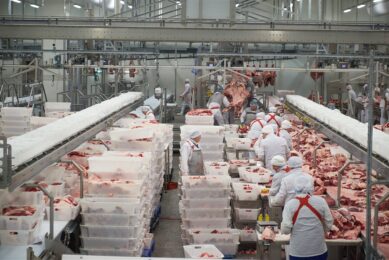US pork checkoff refutes cookbook author claims

The US Pork Checkoff has responded to a recent publication by cookbook author Tara Mataraza Desmond claiming that America’s ‘collective hankering for meat has left us with some expensive problems’.
Adria Sheil-Brown, a registered dietitian and manager of nutrition communications and research for the Pork Checkoff, said, “We want to make sure that people have correct information and understand that nutrient-rich pork can be an important part of a healthy diet.”
At issue is the article ‘Eating Less Meat: Signs of a Growing Trend‘, written by Mataraza Desmond, which appeared in the January 2010 edition of the International Association of Culinary Professionals (IACP)’s Frontburner e-newsletter.
Risk of diseases
The author stated that “meat-heavy diets have been consistently linked to increased risk of cancer, heart disease, obesity, diabetes and osteoporosis.” She also cited Mark Bittman’s book©Food Matters, which claims that that global livestock production is responsible for “about one-fifth of all greenhouse gases – more than transportation.”
In response to this feature, the Pork Checkoff reached out to Frontburner editors to share the most current, science-based information on pork and pork production with IACP, which boasts nearly 3,000 members from more than 32 countries.
Influential
“IACP is very influential in the food industry, so we were very pleased to get our letter published in the February Frontburner,” said Sheil-Brown, who wrote that:
•©The National Pork Board believes that the healthiest diets consist of a balance of fruits and vegetables as well as nutrient-dense red meat – a position consistent with the nutrition recommendations of many health organisations. Red meat provides many under-consumed nutrients such as potassium, phosphorous and vitamin B12.
•©Additionally, vital nutrients such as iron and zinc are more easily absorbed when they come from meat rather than vegetables. Vitamin B12 is only found in animal foods.
•©Consumption data reveals an appropriate actual intake of nutrient-rich meats. The National Pork Board believes the current dietary guideline of an average of 5.5 ounce (156 grammes) equivalents in the meat and beans group (based on a 2,000 calories/day diet) remains appropriate based on the preponderance of scientific evidence.
•©Consumption survey analysis shows that despite an average amount of meat and meat equivalents of 5.3 ounces (150 grammes) per day by Americans, only 44% of all individuals two years and older, 62% of men 20 years and older, and 37% of women 20 years and older, consume at least the minimum recommended amounts from the meat group. “Clearly, Americans are not over-consuming meat,” Sheil-Brown said.
•©Animal agriculture creates only a small percent of the total greenhouse gas (GHG) missions in the United States, and pork production contributes an even smaller percentage. According to the US Environmental Protection Agency (EPA), in 2007, only 2.8% of GHG emissions in the US came from animal agriculture through a process called enteric fermentation (the digestion of feed by ruminant animals) and through manure management. Further, according to the EPA, pork production contributed only 0.33% of total US emissions.
•©Livestock-related GHG emissions have declined per unit of production. “At the practical level, every pound of pork produced in the US today has a smaller carbon footprint compared to 20 years ago,” said Sheil-Brown, who notes that pork producers are determined to lead in carbon-footprint knowledge.
Related websites:
• US Pork Checkoff
• International Association of Culinary Professionals
Join 18,000+ subscribers
Subscribe to our newsletter to stay updated about all the need-to-know content in the pigsector, three times a week. Beheer
Beheer










 WP Admin
WP Admin  Bewerk bericht
Bewerk bericht